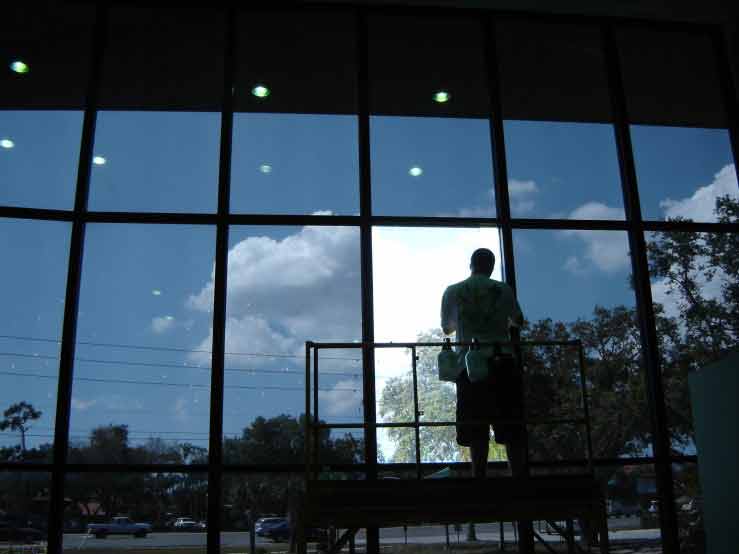
In today’s competitive market, maximizing energy efficiency through commercial tinting solutions is not only an environmentally responsible decision but also a financially astute strategy. By utilizing advanced tint films, businesses can significantly diminish solar heat gain, thereby reducing the demand on HVAC systems and prolonging their operational lifespan. This translates to substantial energy savings and lower utility bills. Furthermore, commercial tinting provides robust UV protection, safeguarding interior fixtures and mitigating the risk of fading. The integration of these solutions can also yield LEED certification points, enhancing a building’s sustainability profile. Now, let’s explore how to optimize these benefits through strategic tint selection.
Benefits of Commercial Tinting
When considering commercial tinting, the multifaceted benefits extend beyond mere aesthetics. One of the primary advantages is enhanced energy efficiency. By reducing solar heat gain, commercial window films can lower HVAC loads, resulting in significant energy savings. This thermal regulation not only reduces operational costs but also extends the lifespan of cooling systems.
Moreover, tinting offers superior UV protection, blocking up to 99% of harmful ultraviolet rays. This preservation of interior assets minimizes fading of furnishings and safeguards occupants from potential skin damage.
Additionally, commercial tinting enhances occupant comfort by mitigating glare and maintaining consistent internal temperatures. This improvement in visual and thermal comfort can boost productivity levels within a workspace.
From a security standpoint, specific tinting solutions reinforce glass, adding an extra layer of protection against break-ins and natural disasters. The shatter-resistant properties of these films can significantly reduce injury risks from broken glass.
Furthermore, commercial tinting contributes to sustainability goals. By optimizing energy usage and reducing carbon footprints, businesses can meet green building standards and earn LEED (Leadership in Energy and Environmental Design) points. This alignment with eco-friendly practices not only appeals to environmentally-conscious stakeholders but also reinforces a brand’s commitment to corporate social responsibility.
Selecting the Right Tint
Selecting the appropriate tint for commercial applications necessitates a comprehensive understanding of various factors, including the specific needs of the building, local climate conditions, and desired performance characteristics. The choice of tint can significantly impact energy efficiency, occupant comfort, and the longevity of interior furnishings. Therefore, it is essential to evaluate the Visible Light Transmission (VLT), Solar Heat Gain Coefficient (SHGC), and Ultraviolet (UV) blocking capabilities of different tinting options.
For instance, in hot climates, a low SHGC is paramount to minimize cooling loads, while in cooler regions, a higher VLT may be preferable to maximize natural light and reduce heating requirements. Additionally, UV blocking is crucial to protect interior assets from fading and degradation.
Professionals should also consider the building’s orientation and window-to-wall ratio when selecting a tint. North-facing windows may benefit from a different tint compared to south-facing ones due to varying sun exposure.
Moreover, building codes and regulations must be adhered to, ensuring compliance with local energy standards.
Engaging with a reputable tinting provider who offers a range of high-performance films and provides detailed performance data will ensure the selection aligns with the building’s specific energy goals and aesthetic preferences.
In essence, commercial tinting solutions act as a shield, fortifying buildings against the relentless assault of solar heat and UV radiation. By integrating high-performance tint films, businesses can significantly reduce HVAC loads, extend cooling system lifespans, and enhance occupant comfort. This strategic investment not only curtails operational costs but also promotes sustainability. Moreover, the potential for LEED points and enhanced security underscores the multifaceted benefits, making commercial tinting a pivotal component in optimizing building performance.